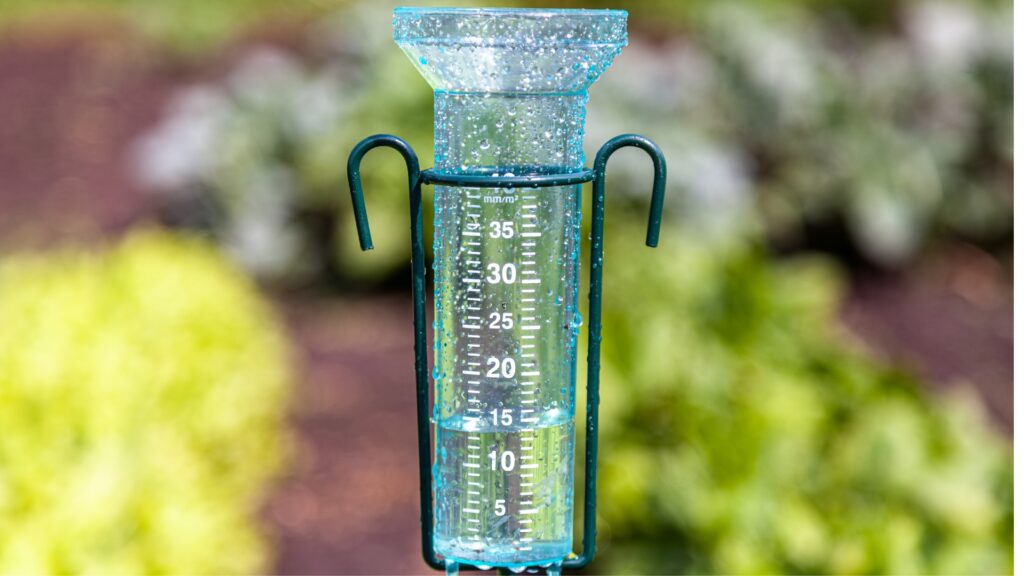How do we measure rain? What rainfall tells us
Precipitation plays an important role in our daily lives - affecting agriculture, water management, urban planning and flood protection.
Precipitation plays an important role in our daily lives - affecting agriculture, water management, urban planning and flood protection.
Accurate rain measurements are very important not only to track climate change, but also to better manage water, make weather forecasts, design systems that collect so-called rainwater, and protect the city from flooding.

What do we measure rainfall with?
Instruments that have been around for centuries are used to take accurate measurements of precipitation. rain gauges. While they were once simple instruments, today they are often high-tech devices. They help determine when it started to rain, how long the rainfall lasted and how much rain fell - all to the precision of individual millimetres.

Precipitation measurement involves determining the height of the layer of water that has fallen on a particular surface at a given time. Measurements are carried out at meteorological stations and special measuring points. Traditional rain gauges or modern sensors connected to systems that automatically record the data are used. Rain gauges are fairly simple devices; their measurements are not always accurate. The result can be affected by, for example, wind, water evaporating from the tank or droplets remaining on the walls.
Why do we need such accurate information about rain?
Cities are increasingly struggling with heavy rainfall leading to flooding. On the other hand, prolonged droughts are increasingly taking their toll on residents and the environment. At the same time, urban expansion is reducing the amount of green areas and places through which water can freely seep. Under such conditions, accurate data from rain gauges is extremely valuable - it makes it possible to predict how the stormwater drainage system will behave under a specific rainfall intensity. This, in turn, provides key information for urban infrastructure maintenance services and designers of new solutions - such as retention basins or drainage systems. With this information, we can better prepare for the effects of climate change - both sudden and long-term, such as droughts.
When do we measure rainfall?
Precipitation measurements are carried out throughout the year - both during the season when rain predominates and during the season when it mainly snows. However, the type and intensity of precipitation changes with the seasons, so the way it is recorded can vary. In spring and summer, precipitation is most abundant - mainly in the form of passing downpours and thunderstorms, which is crucial for agriculture and drainage systems. In autumn, long-lasting, calm rains predominate, helping to replenish water resources in the soil. In winter, it is mainly snowfall that is measured - once melted, the amount is converted into water, which helps to predict, for example, snowmelt and the risk of flooding.
Measuring rainfall is an important ecological tool. It allows us to better understand local ecosystems, take care of the hydrological balance and support sustainable water management.



